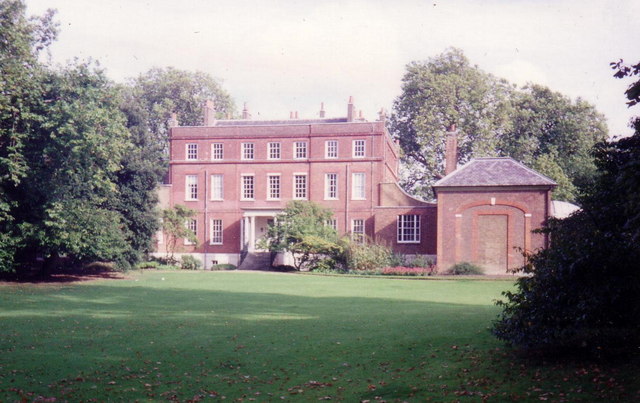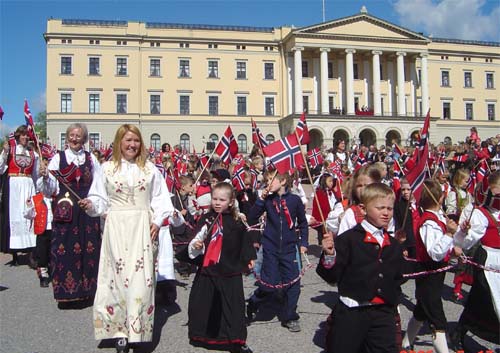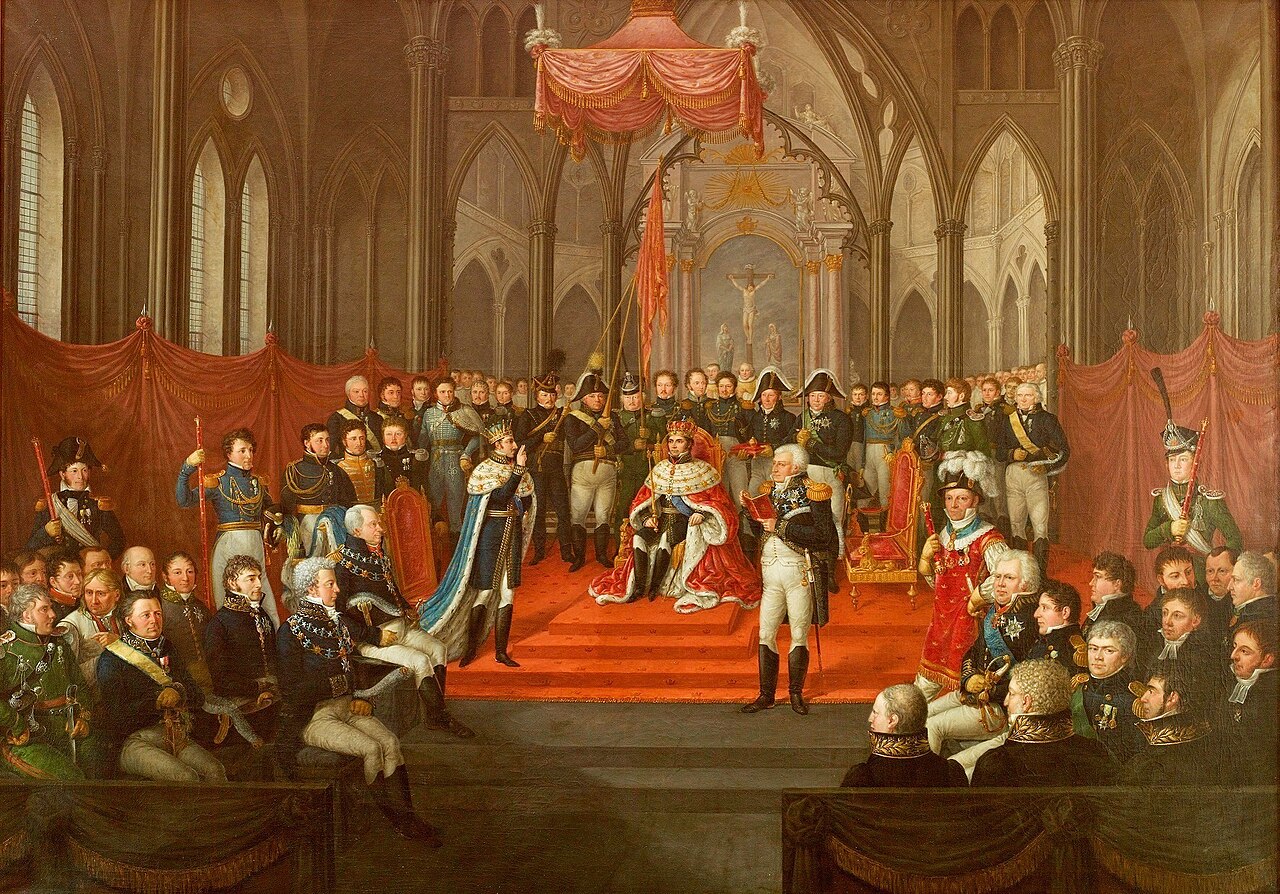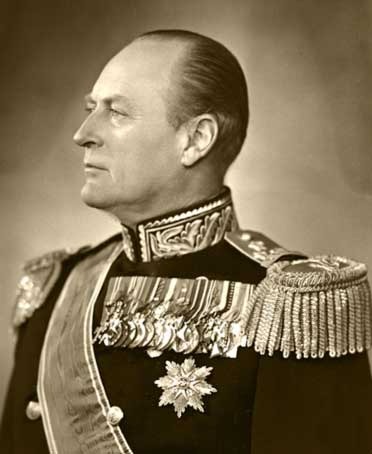by Susan Flantzer
© Unofficial Royalty 2024

Throne Room in the Royal Palace of Madrid; Credit – Wikipedia
The last accession to the Spanish throne occurred when King Juan Carlos I abdicated in favor of his son King Felipe VI on June 19, 2014. On June 18, 2014, King Juan Carlos I signed the law granting the abdication which would take effect just after midnight. King Felipe VI was sworn in and proclaimed King of Spain on June 19, 2014, in a ceremony in the Palacio de las Cortes in Madrid Spain, the meeting place of the Congress of Deputies, the lower house of the Cortes Generales, the Spanish legislature. After the abdication, the former king and his wife retained their titles, His Majesty King Juan Carlos and Her Majesty Queen Sofia.
History

A tapestry showing the wedding of Isabella and Ferdinand; Credit – Wikipedia
The crowns of the Kingdom of Castile and the Kingdom of Aragon were united for hereditary purposes by the 1469 marriage of their monarchs, Queen Isabella I of Castile and King Ferdinand II of Aragon. Although some consider this union as the formation of the Kingdom of Spain, the two kingdoms continued to exist separately for more than two centuries. It was not until the Nueva Planta Decrees of 1707 and 1716 signed by Felipe V, the first Bourbon King of Spain, that the two kingdoms were formally merged into a single state.
No monarch of Spain or any part of Spain that previously was an independent kingdom has been crowned since King Ferdinand I of Aragon in 1414, Queen Isabella I of Castile in 1474, and Queen Catherine of Navarre in 1494. After the 17th century, all Spanish monarchs were proclaimed and acclaimed by the Roman Catholic Church. Since the 18th century, all Spanish monarchs have been proclaimed before the Cortes Generales, the Spanish legislature. During these ceremonies, the Spanish royal regalia was displayed but not worn.
What Happens?
The Captain General’s Sash
King Juan Carlos placing the red sash of the Captain General of the Armed Forces on his son King Felipe VI
At 9:30 AM on June 19, 2014, in the Audience Room of the Zarzuela Palace in Madrid, King Juan Carlos placed the red sash of the Captain General of the Armed Forces on his son King Felipe VI. The new king assumed supreme command of the Army, Navy, and Air Force. Several members of the Royal Family, the Minister of Defense, the Chief of the Defense Staff, the Chiefs of Staff of the Army, Navy, and Air Force, and the Director General of the Civil Guard were present.
The Oath Before the Cortes Generales

The Palace of the Cortes, home of the Congress of Deputies, the lower house of the Spanish Legislature, where the Proclamation Ceremony took place; Credit – De Luis García, CC BY-SA 4.0, https://commons.wikimedia.org/w/index.php?curid=73304264
Title 2 Article 61 of the Spanish Constitution states that the Spanish monarch “on being proclaimed before the Cortes Generales, shall take an oath to discharge their duties faithfully, to abide by the Constitution and the law and ensure that they are abided by, and to respect the rights of citizens and the Autonomous Communities.”
King Felipe VI, Queen Letizia, their elder daughter Infanta Leonor, now heir presumptive to the throne with the title The Princess of Asturias, and their younger daughter Infanta Sofía arrived at the Palace of the Cortes in Madrid, home of the Congress of Deputies, the lower house of the Spanish legislature at 10:30 AM. Regarding Infanta Leonor being the heir presumptive and not the heir apparent, currently, Spain’s succession law is male-preference cognatic primogeniture. This means that Leonor, as the elder of King Felipe’s two daughters, is first in line to inherit the throne, and she is the heir presumptive. However, if her parents have a son, which seems unlikely at this point, he would be the heir apparent and Leonor would forfeit the title of Princess of Asturias and the other titles to her brother. There have been discussions of changing the succession law to absolute primogeniture, where the eldest child, regardless of gender, inherits the throne, but no legislation has been forthcoming. If Leonor ascends to the throne, she will be Spain’s first queen regnant since Queen Isabella II, who reigned from 1833 to 1868.

King Felipe VI receives military honors with his wife Queen Letizia and his daughters (left to right) Infanta Sofia and Leonor, Princess of Asturias; Credit – By Ministry of the Presidency. Government of Spain, Attribution, https://commons.wikimedia.org/w/index.php?curid=33488717
The King, Queen, and their daughters were received by Prime Minister Mariano Rajoy and Chief of the Defense Staff Admiral General Fernando García Sánchez. They were then given military honors, the national anthem was played and the King reviewed the troops present.
Jesús Posada, President of the Congress of Deputies (left), and Pío García-Escudero Márquez, 4th Count of Badarán, President of the Senate (right) greet the King, the Queen, and their two daughters
At the entrance to the Palace of the Cortes, the King, the Queen, and their two daughters were greeted by Jesús Posada, President of the Congress of Deputies, and Pío García-Escudero Márquez, 4th Count of Badarán, President of the Senate. After entering the Palace of the Cortes through the Puerta de los Leones (Doors of the Lions), used on only solemn occasions, the King, the Queen, and their two daughters were greeted by Francisco Pérez de los Cobos (in Spanish), President of the Constitutional Court, Carlos Lesmes Serrano President of the General Council of the Judiciary, and leaders of the Government.
Members of the Congress of Deputies (the lower house) and the Senate (the upper house) were gathered in the chamber. Former Prime Ministers of Spain, Presidents of the Autonomous Communities, and other government officials were in the guest gallery.
Also present were relatives of King Felipe VI: his mother Queen Sofia, his eldest sister Infanta Elena and her son Felipe de Marichalar, his paternal aunt Infanta Pilar, his paternal aunt Infanta Margarita and her husband Carlos Zurita y Delgado, Duke of Soria, his maternal uncle the former King Constantine II of Greece and his wife Queen Anne-Marie (born a Princess of Denmark), his second cousin once removed Prince Carlos of Bourbon-Two Sicilies, Infante of Spain, Duke of Calabria and his wife Princess Anne of Orléans. Queen Letizia’s family also attended.
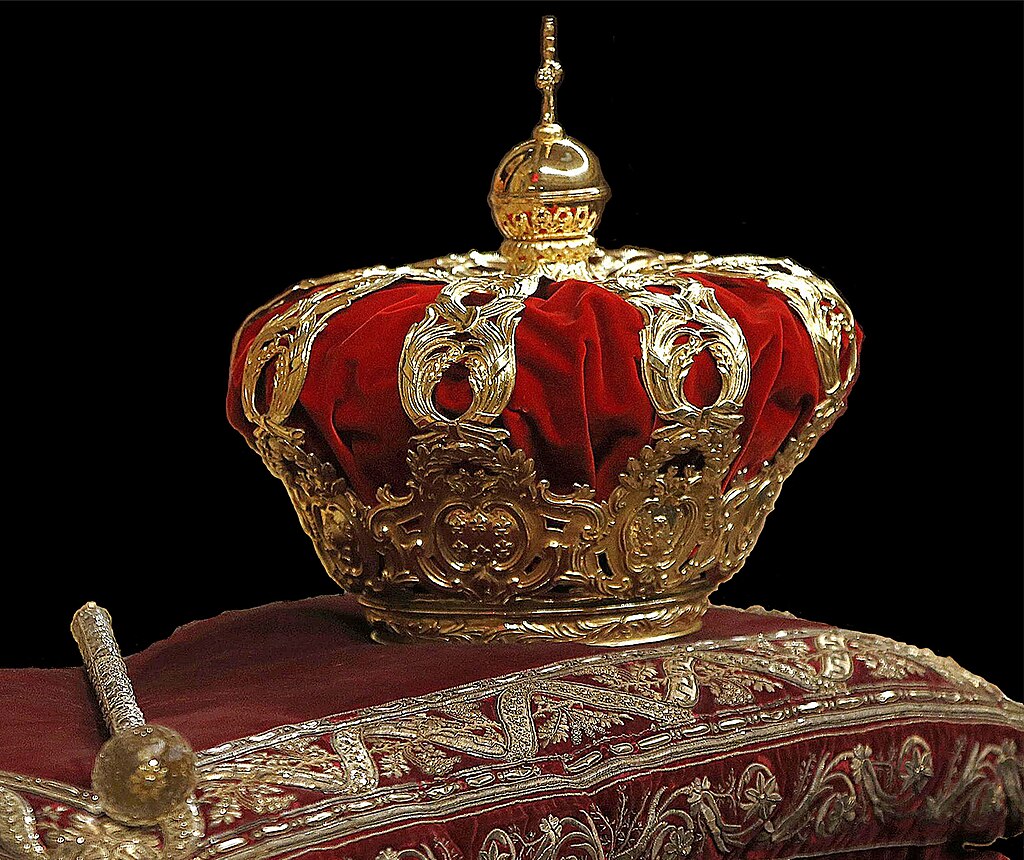
The Spanish Regalia; Credit – Wikipedia
During the ceremony, the Spanish regalia were displayed but not worn. Jesús Posada, President of the Congress of Deputies began by offering thanks to the previous monarch King Juan Carlos and his wife Queen Sofia, and expressed his hopes that the new reign would be fruitful.

King Felipe VI of Spain takes the oath before the Cortes Generales during the proclamation ceremony at the Palacio de las Cortes in Madrid; Credit – Wikipedia
Jesús Posada, President of the Congress of Deputies then proceeded to swear in King Felipe VI, who said the following oath: “I swear to faithfully carry out my duties, to uphold and ensure the upholding of the Constitution and the laws, and to respect the rights of citizens and autonomous communities.”
King Felipe VI giving his speech during the proclamation ceremony
Jesús Posada, President of the Congress of Deputies then made the proclamation: “In compliance with the Constitution, Don Felipe de Borbón y Grecia is hereby proclaimed King of Spain and will reign under the name of Felipe VI. Long live the King! Long live Spain!” After the proclamation, the new King was cheered and the national anthem was played. King Felipe VI then gave a speech to the Cortes General, ending the speech by giving thanks in Spanish, Catalan, Basque, and Galician.
Other Events Relating to the Accession
Left to Right: King Juan Carlos, The Princess of Asturias, King Felipe VI, Queen Letizia, Infanta Sofia, and Queen Sofia greet wellwishers from the balcony of the Royal Palace
Outside the Palace of the Cortes, a military parade was held in honor of the new King of Spain. King Felipe VI and Queen Letizia traveled by car through the streets of Madrid, lined with thousands of people. Upon arriving at the Royal Palace, King Felipe, Queen Letizia, King Juan Carlos, Queen Sofia, and members of the royal family went out onto the central balcony of the Royal Palace to greet the people. Afterward, King Felipe and Queen Letizia held a reception for 2,000 guests.
During previous proclamations, a crucifix and the Book of the Gospels had been displayed but this was not done during King Felipe VI’s proclamation. The traditional Mass of the Holy Spirit was not celebrated in the Church of San Jerónimo el Real. However, a few days later a Mass was celebrated in the chapel of the Zarzuela Palace, attended by King Felipe VI, Queen Letizia, King Juan Carlos, and Queen Sofia.
This article is the intellectual property of Unofficial Royalty and is NOT TO BE COPIED, EDITED, OR POSTED IN ANY FORM ON ANOTHER WEBSITE under any circumstances. It is permissible to use a link that directs to Unofficial Royalty.
Works Cited
- Acto de proclamación del rey de España el 19 de junio de 2014. (2014). Wikipedia.org; Wikimedia Foundation, Inc. https://es.wikipedia.org/wiki/Proclamaci%C3%B3n_de_Felipe_VI
- King Felipe VI calls for “New Spain” as he is sworn in. (2014, June 19). BBC News. https://www.bbc.com/news/world-europe-27918094
- Spain’s New King Felipe VI swears Oath. (2014, June 19). Syracuse. https://www.syracuse.com/news/2014/06/spains_new_king_felipe_vi_swears_oath.html
- Wikipedia Contributors. (2024). Felipe VI. Wikipedia; Wikimedia Foundation.
- Wikipedia Contributors. (2019). Monarchy of Spain. Wikipedia; Wikimedia Foundation. https://en.wikipedia.org/wiki/Monarchy_of_Spain



